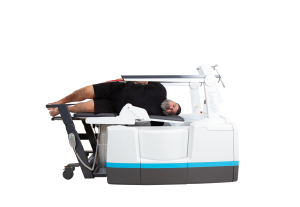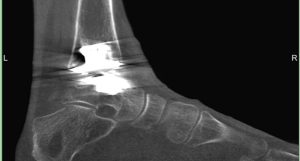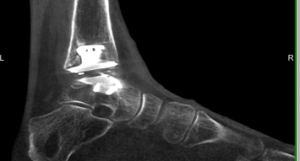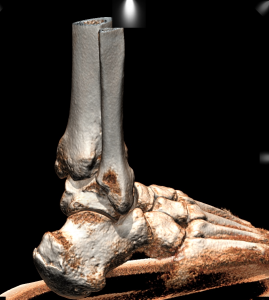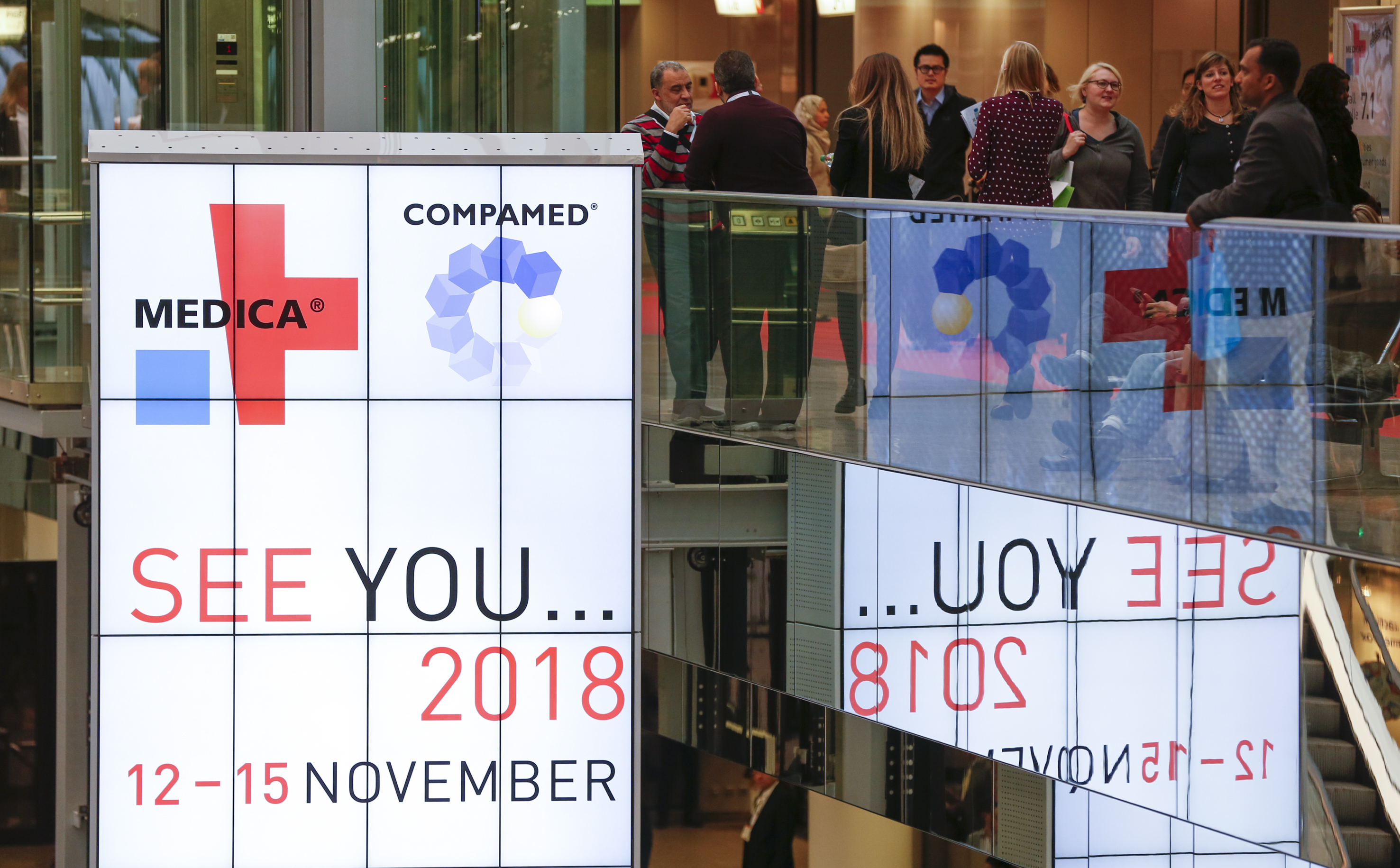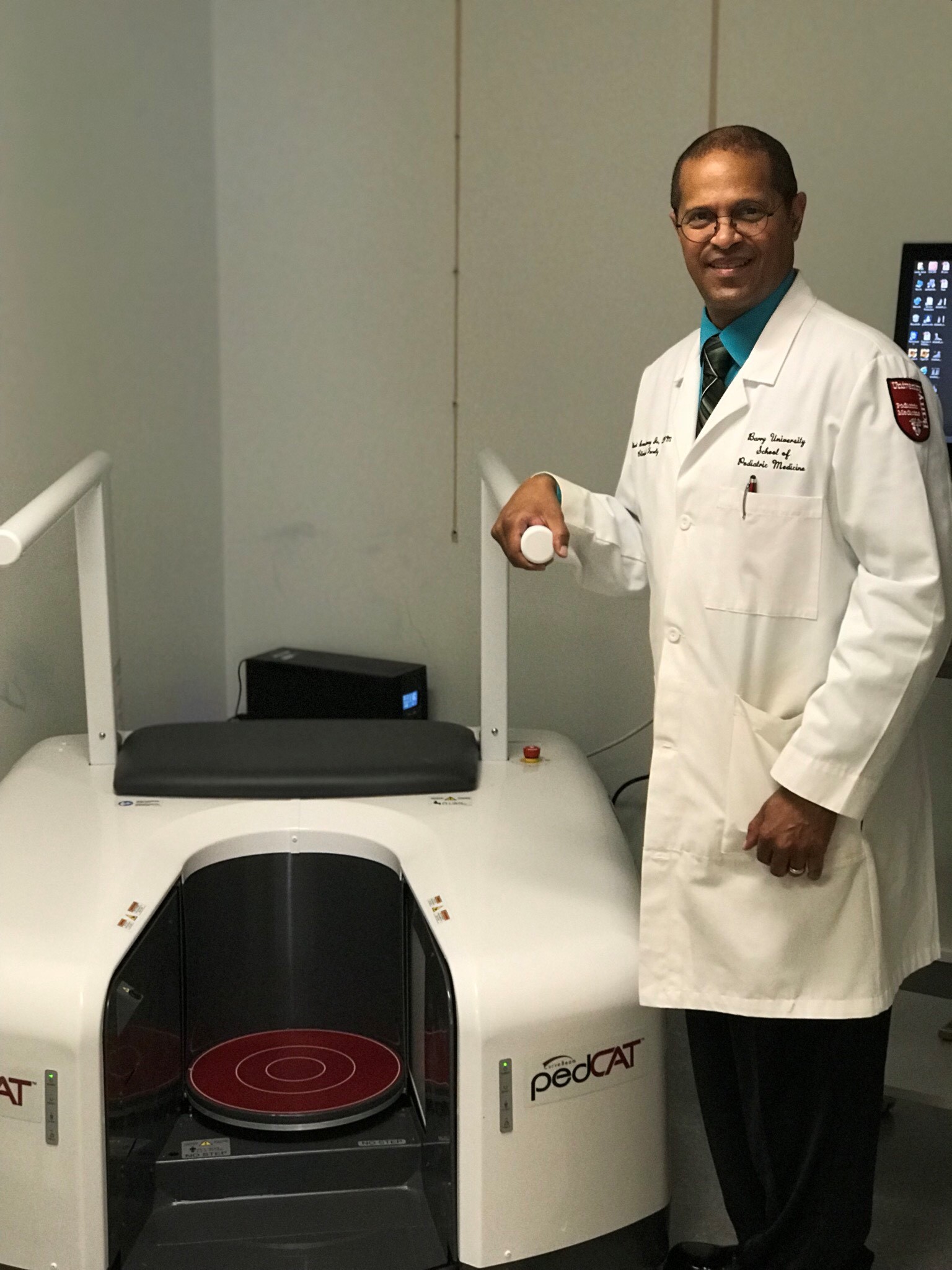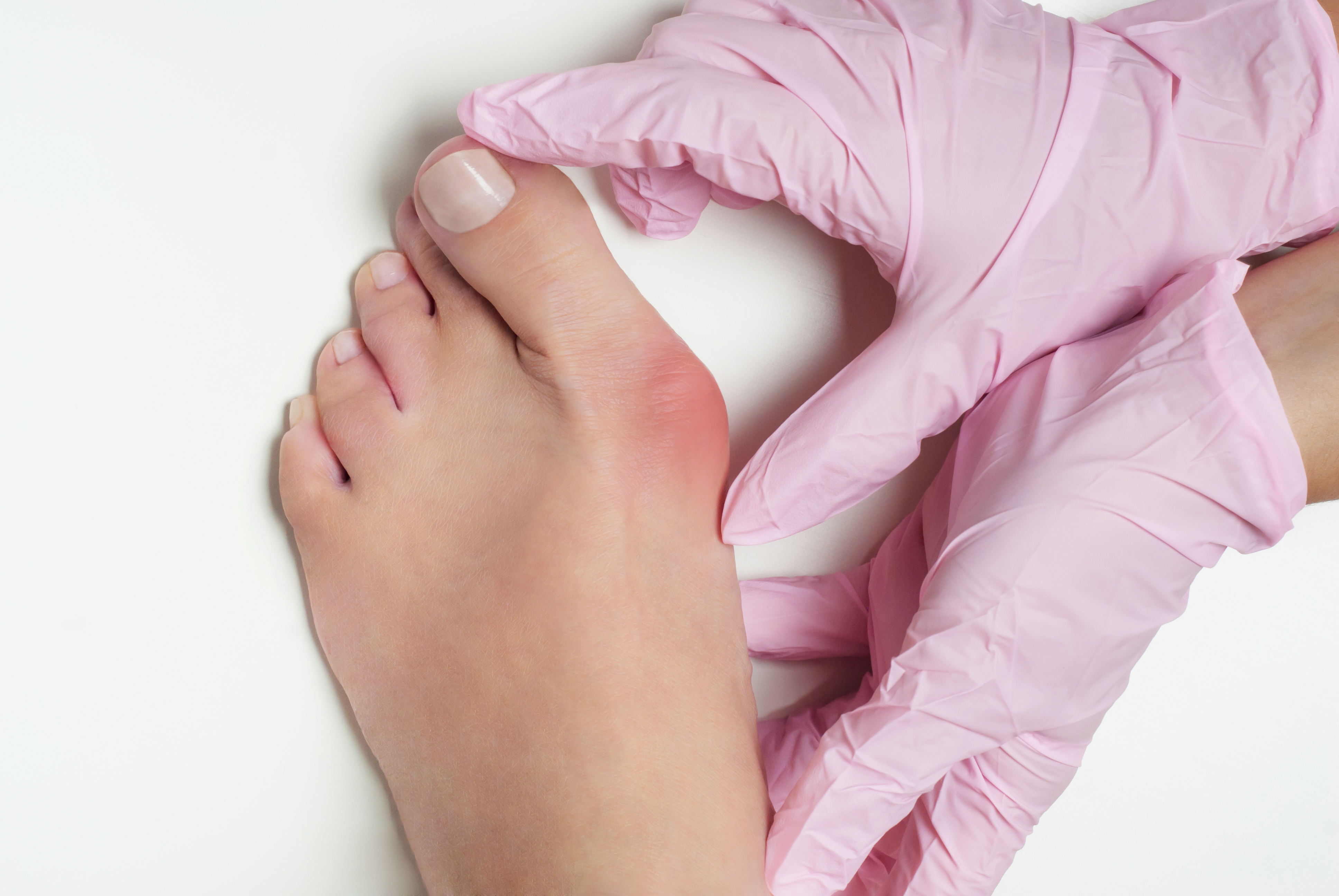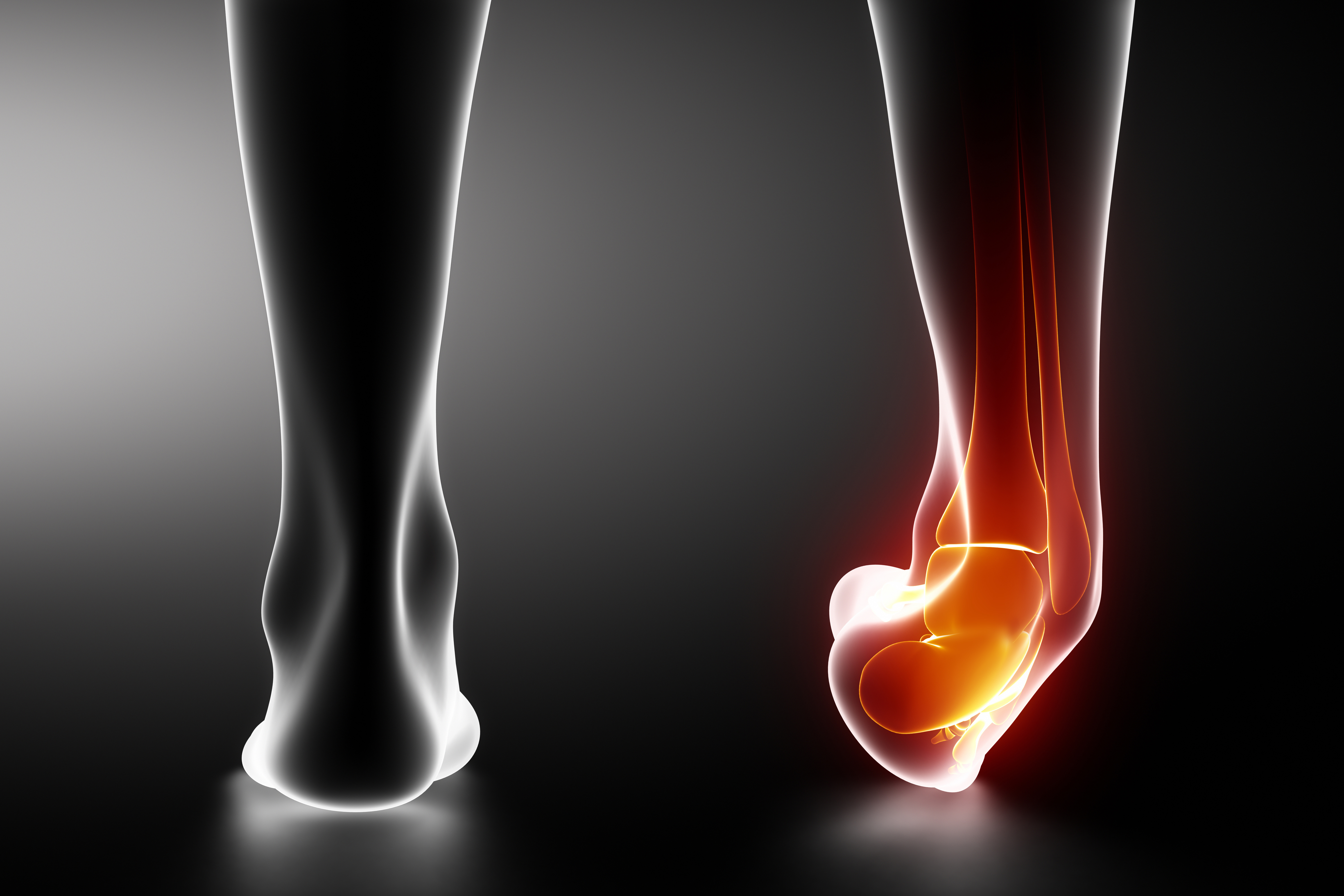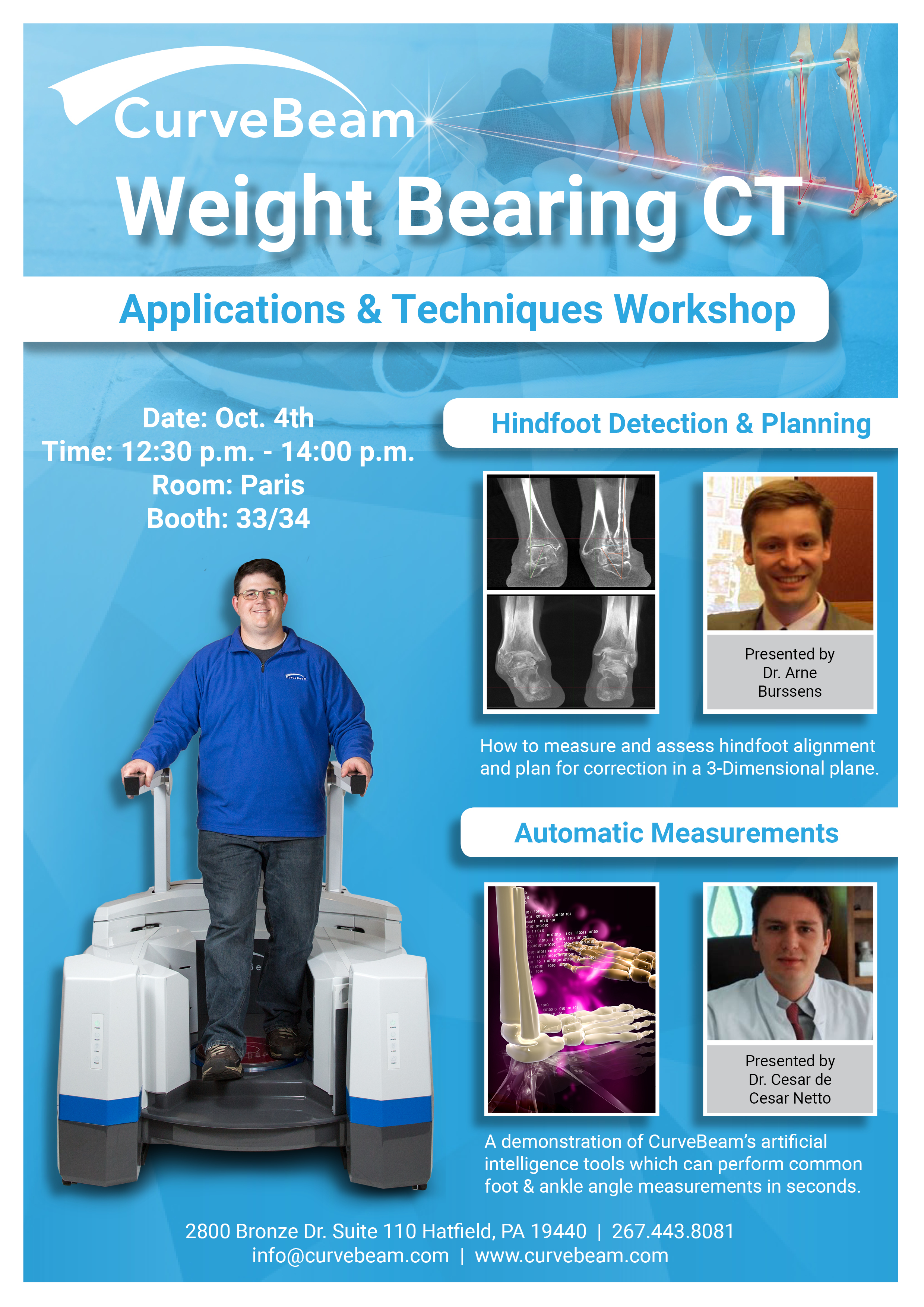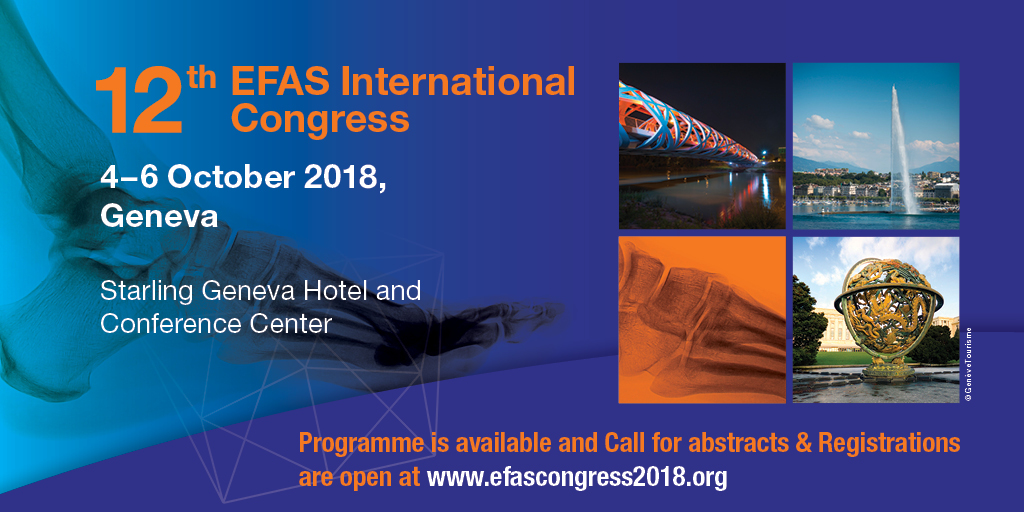The WBCT International Study Group’s most recent scientific meeting was held during the 3-day European Foot and Ankle Society (EFAS) International Congress. Expert speakers came together from across the globe to impart their knowledge and clinical findings as it pertains to a wide variety of studies surrounding weight bearing CT imaging. Speakers and topics included:
- Shadpour Demehi, MD (Maryland, USA): “Advanced imaging of syndesmotic injuries: where are we now and what can we do with weight bearing CT”
- Sorin Siegler, PhD (Pennsylvania, USA): “The use of distance mapping in combination with WBCT”
- Andrew Goldberg, MD (London, UK): “Center of rotation of the subtalar joint: novel research in the use of WBCT to assess dynamic function”
- Kris Buedts, MD (Antwerp, Belgium): “Deformity correction and 3-D planning based on the WBCT”
- Oliver Michelsson, MD (Helsinki, Finland): “Use of low dose WBCT in cartilage and bony lesions of the ankle”
- Arne Burrsens, MD (Utah, USA): “Three-dimensional modeling of the weight bearing ankle syndemosis”
- Martinus Richter, MD, PhD, & International WBCT Study Group President (Rummelsberg, Germany): “Results of a 5-year/10,000 scans experience with WBCT: impact on costs, radiation exposure, and time spent”
Completely independent from the industry but cooperative with different manufacturers of different WBCT devices, the Weight Bearing CT International Study Group is comprised of lower extremity orthopedic surgeons, radiologists, and biomedical engineers. The group’s mission is to promote dialogue and collaboration on weight bearing CT research initiatives and is working to create standardized protocols for weight bearing CT measurements and analysis.
Curvebeam is proud of their collaborative role as an industry sponsor in bringing together this unique group of educated, experienced professionals to discuss both the potential and proven successes of WBCT modality. We want to express our thanks to the group’s speakers and members for sharing their unparalleled expertise, and to our co-partners—Planmed and Carestream—for ensuring a clear-cut future for the most promising innovation in foot and ankle radiographic imaging. Watch the presentation below.




